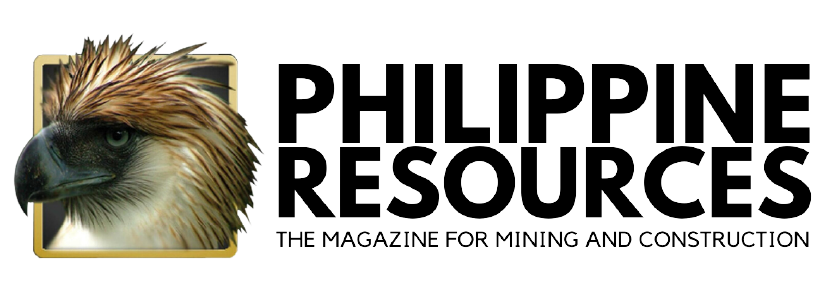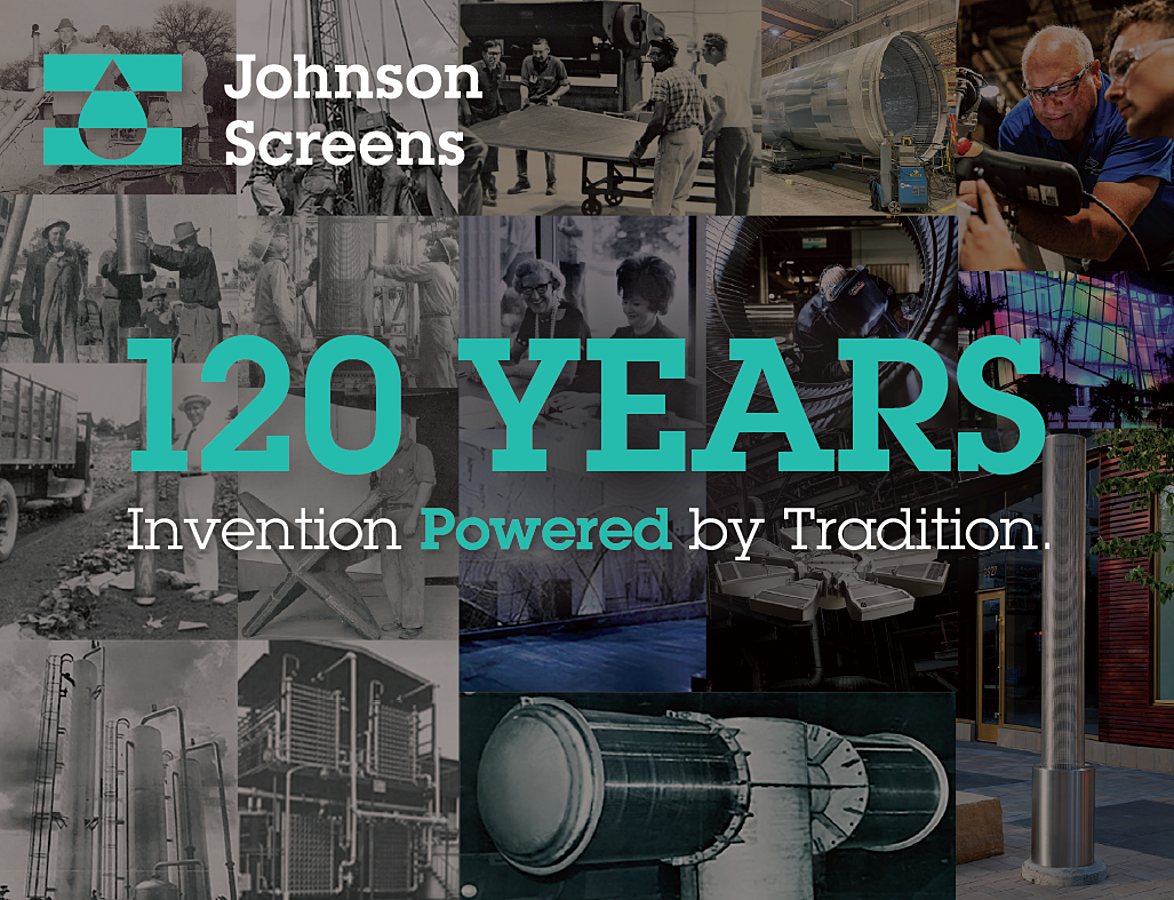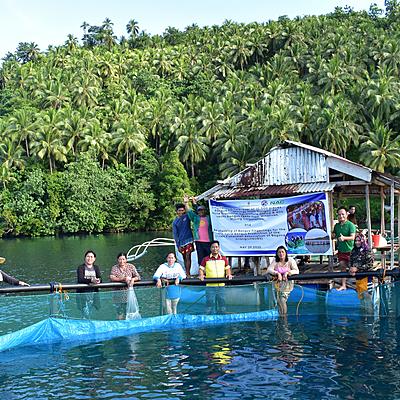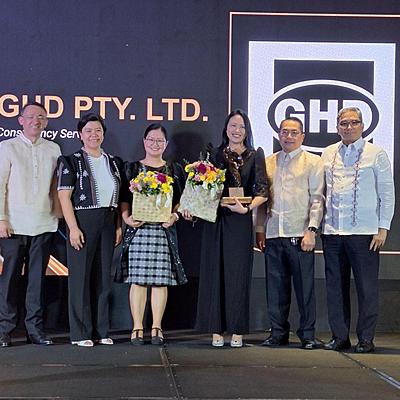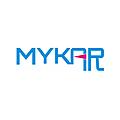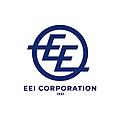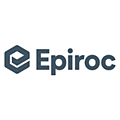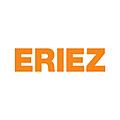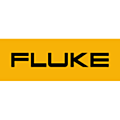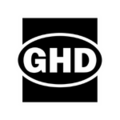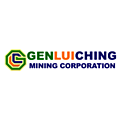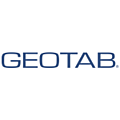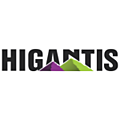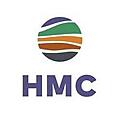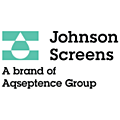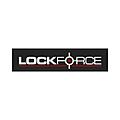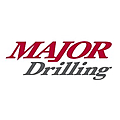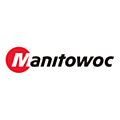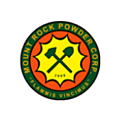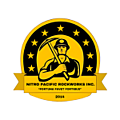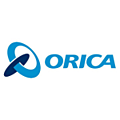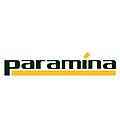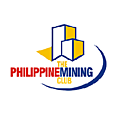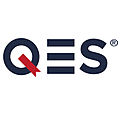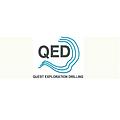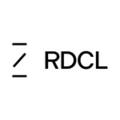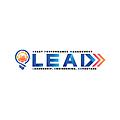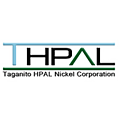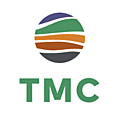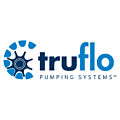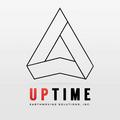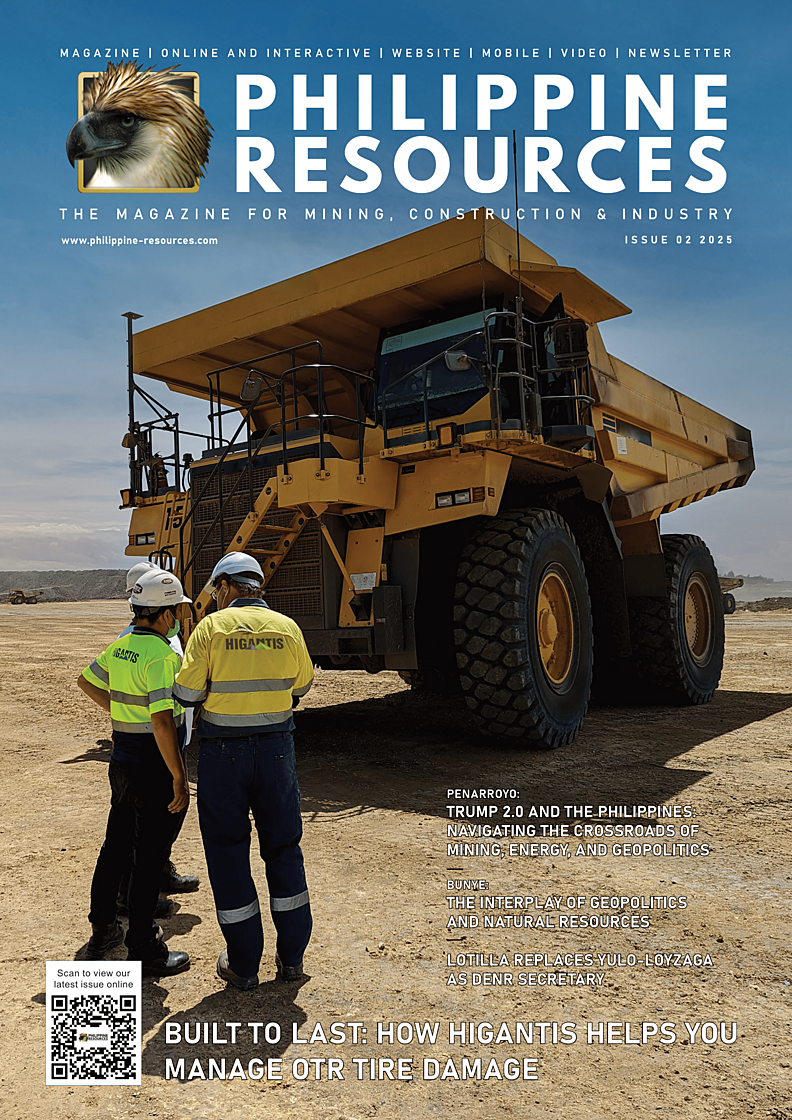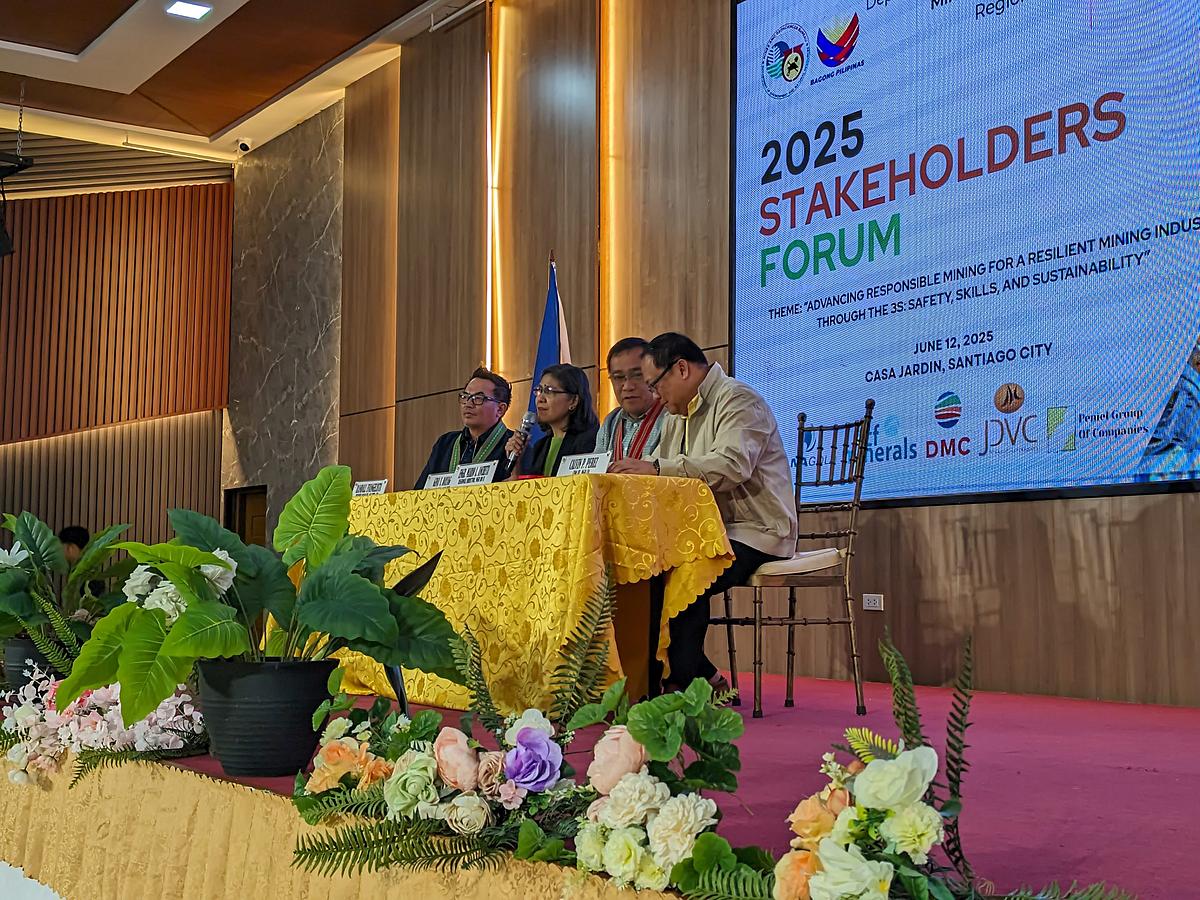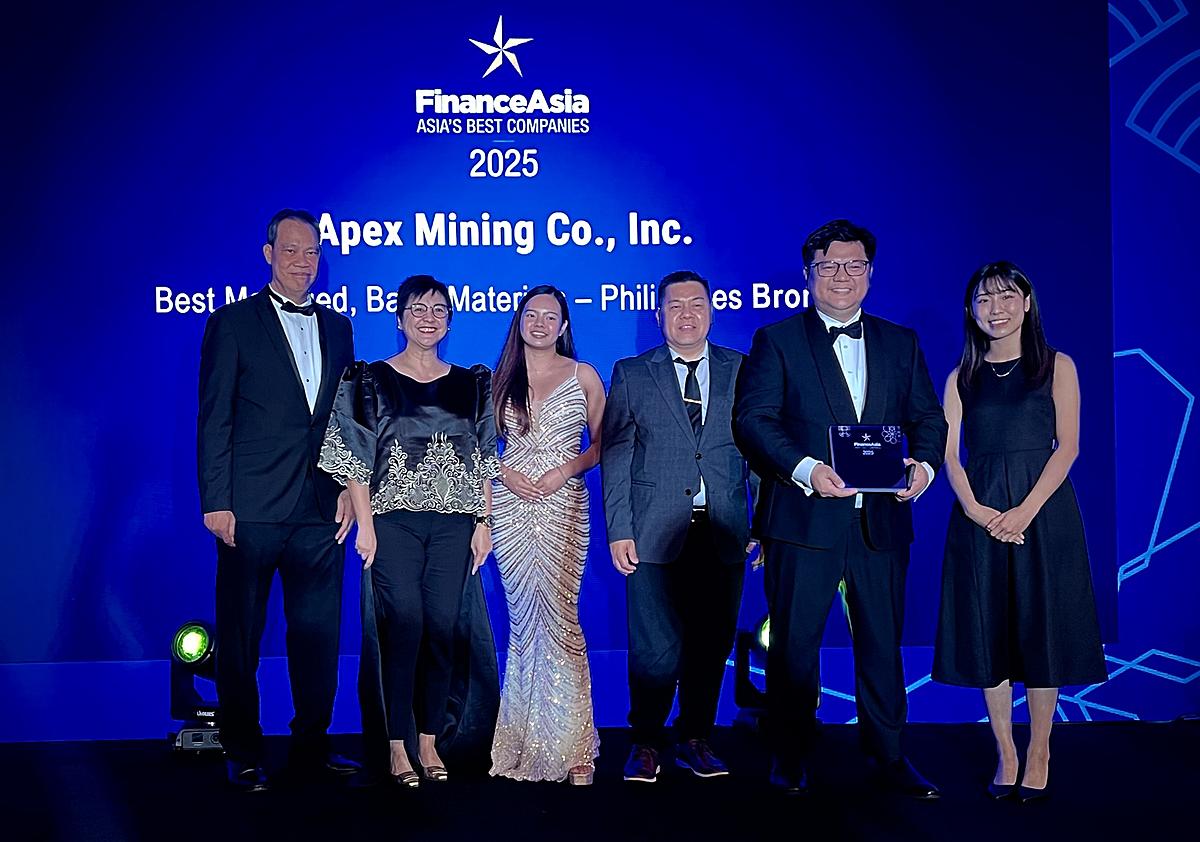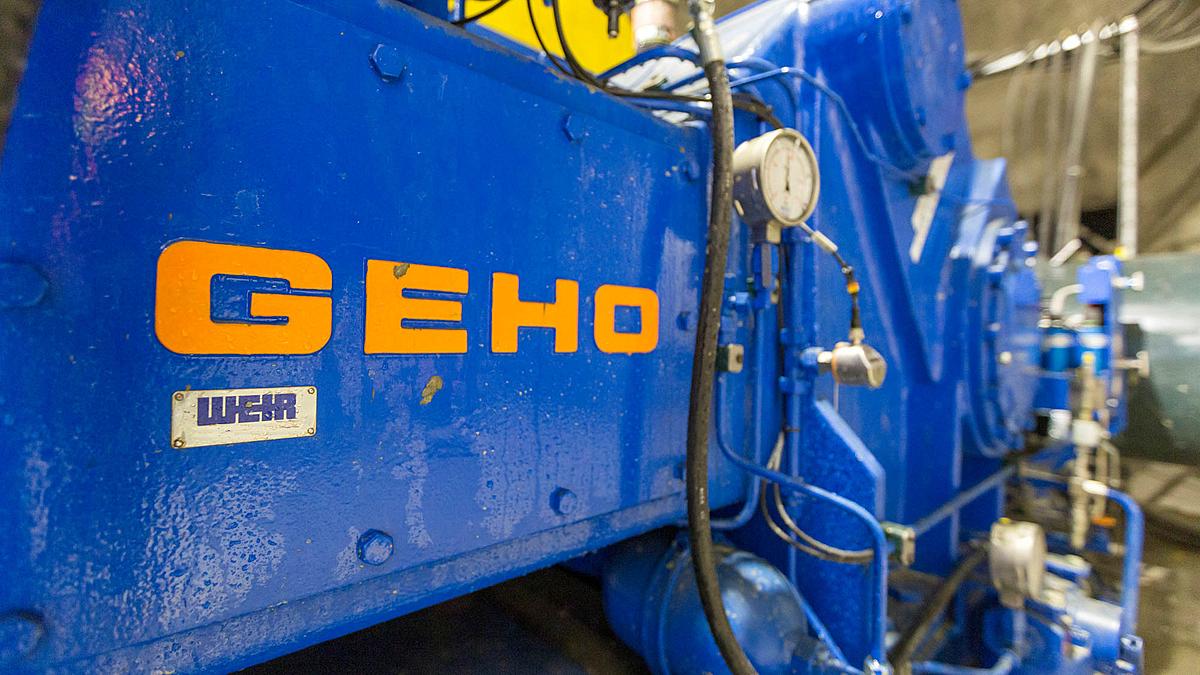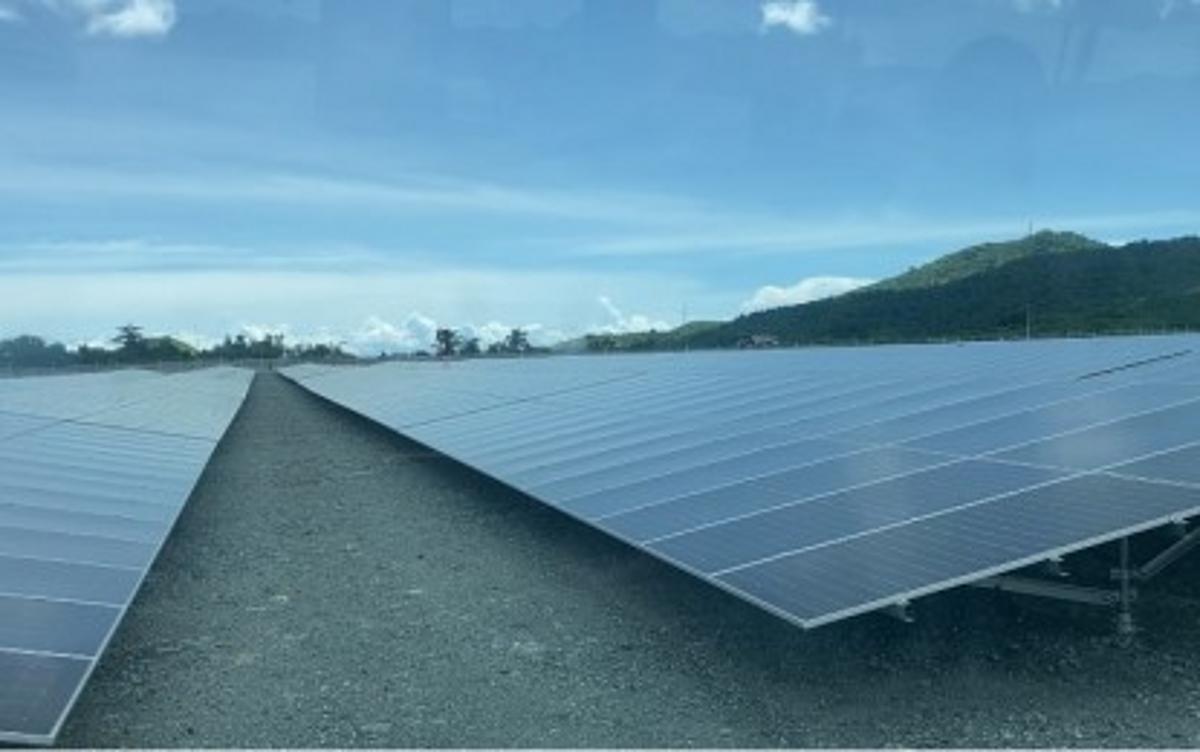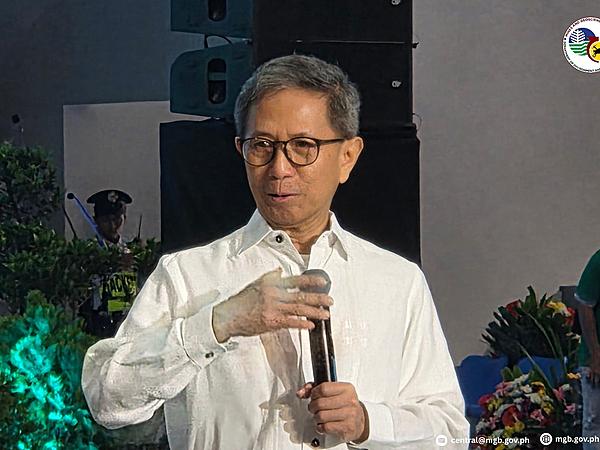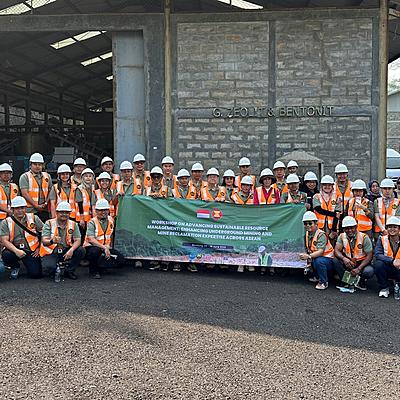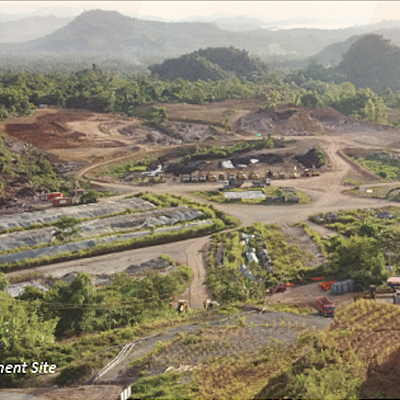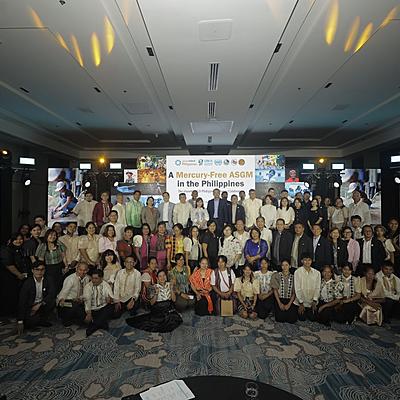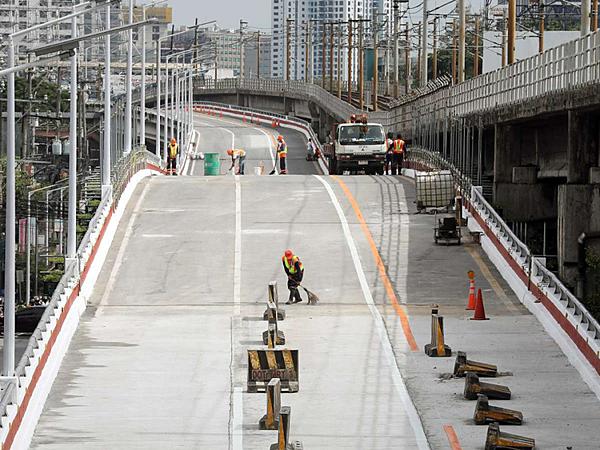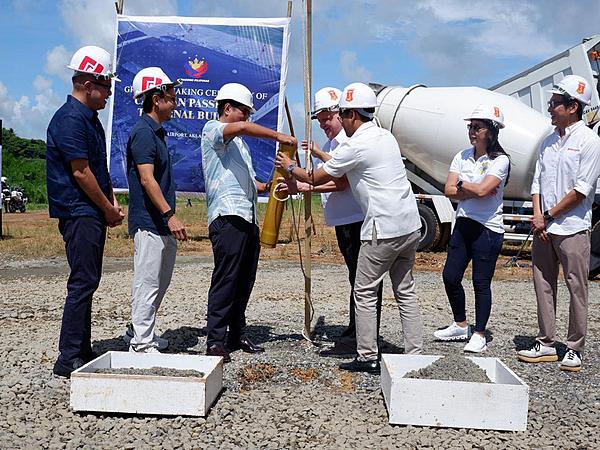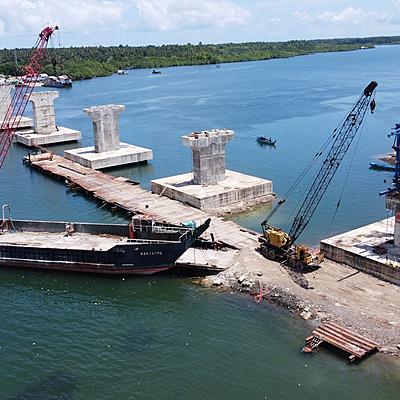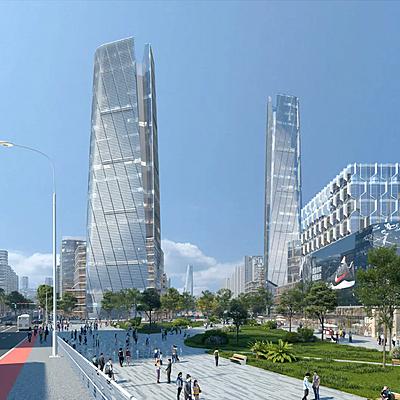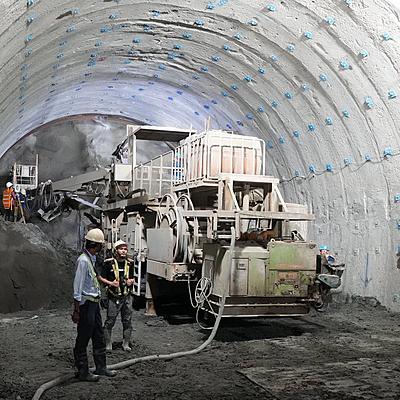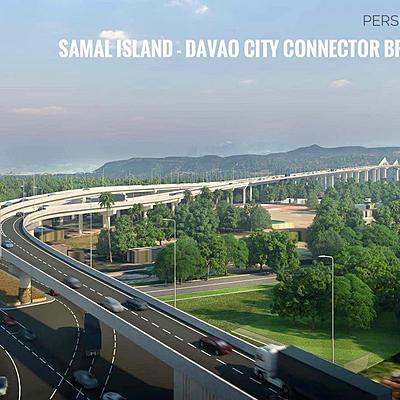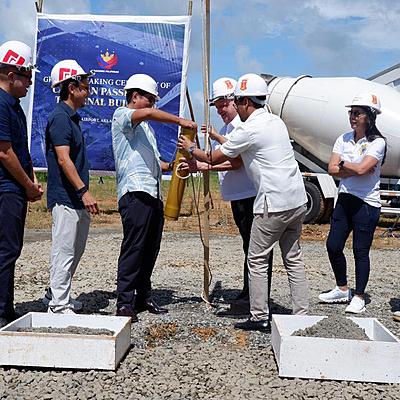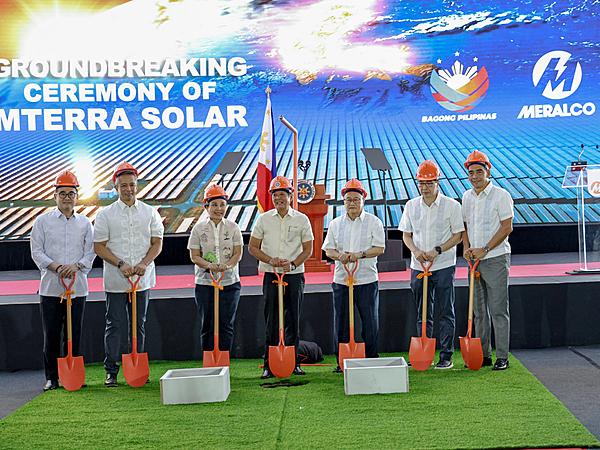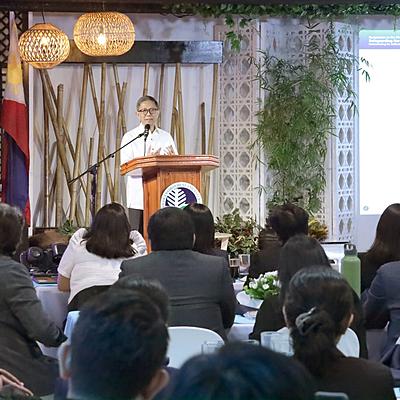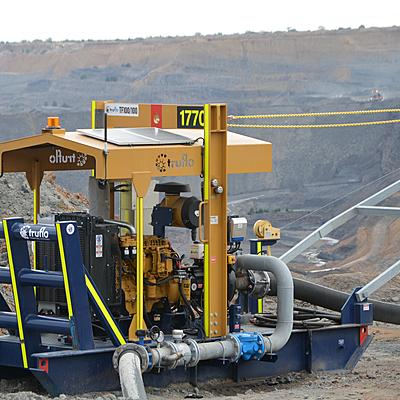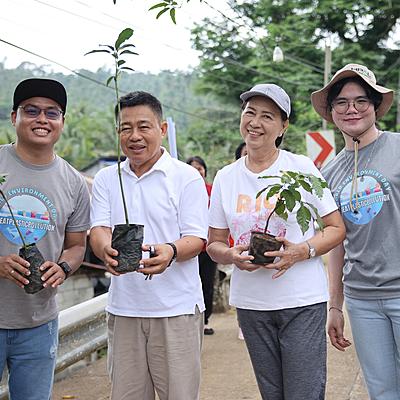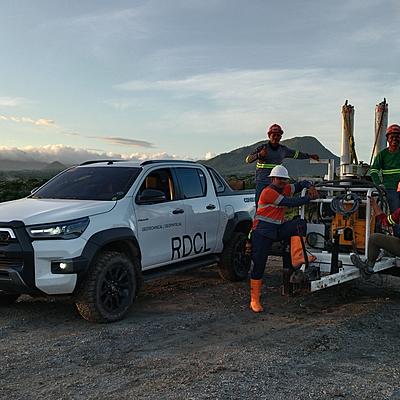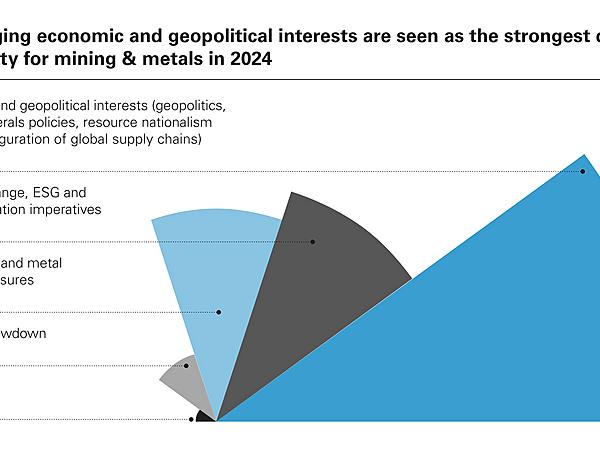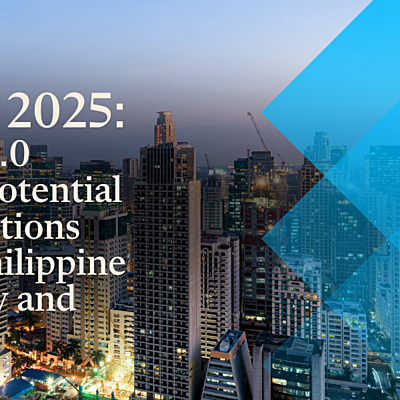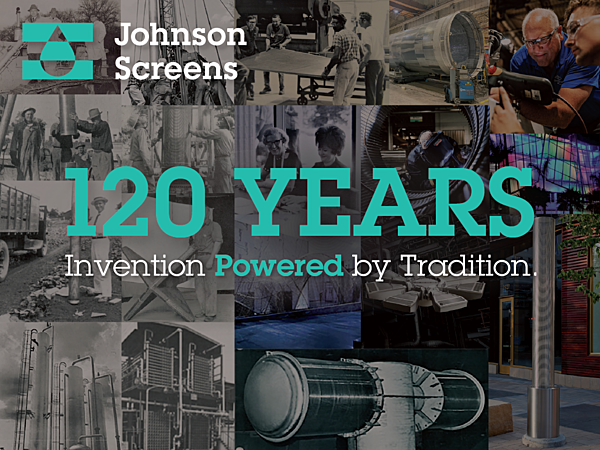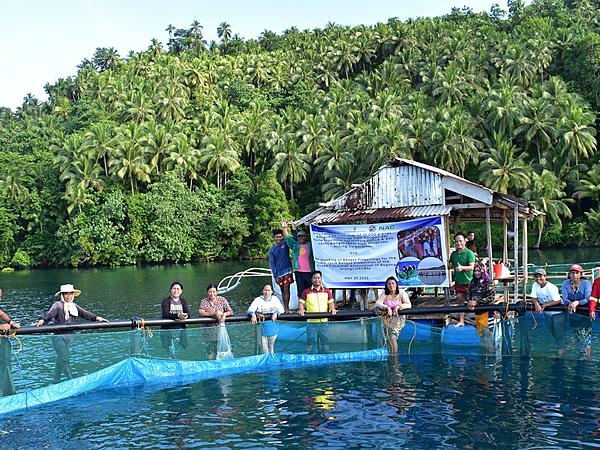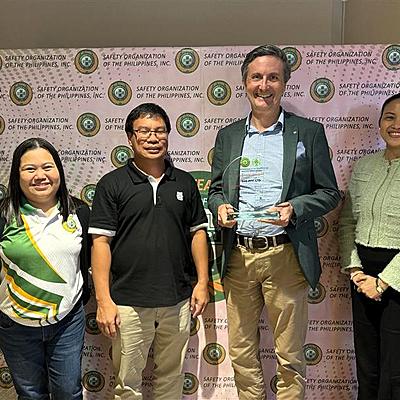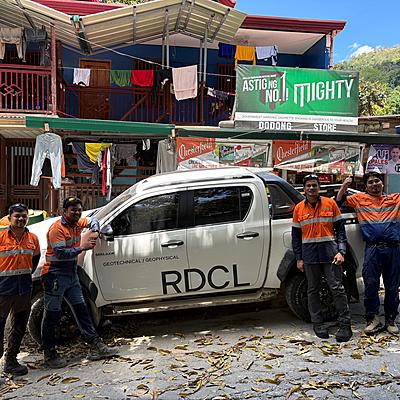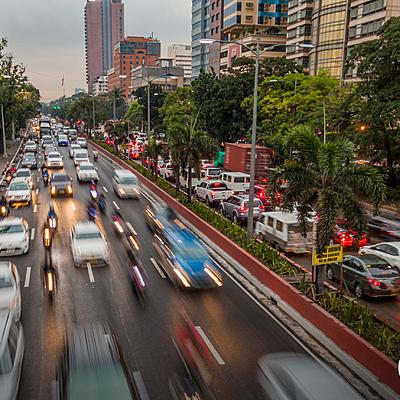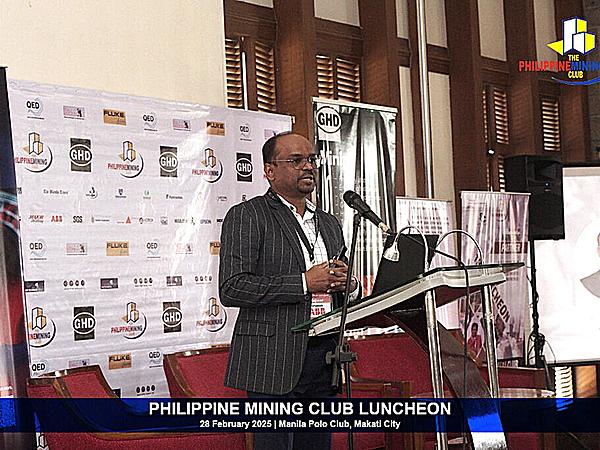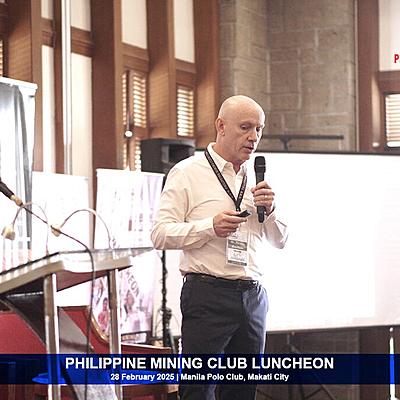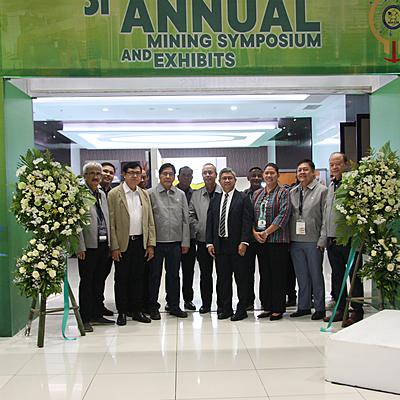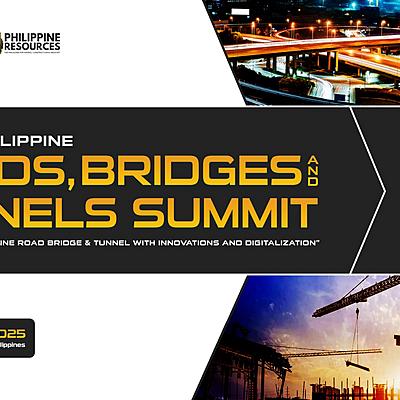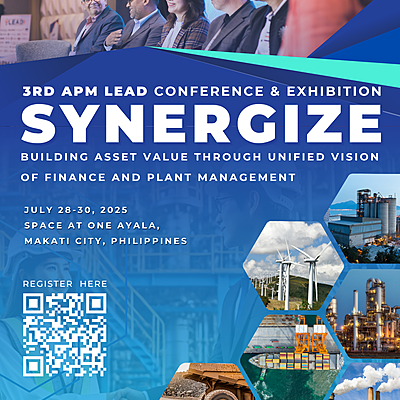Latest News
Trending News
The Department of Environment and Natural Resources–Mines and Geosciences Bureau (DENR–MGB) said the newly imposed 50% US tariff on Philippine copper exports will have modest short-term effects but could trigger significant long-term adjustments.
In the short term, the impact is expected to remain limited—US buyers account for only a small portion of Philippine copper shipments. However, global price fluctuations could still unsettle the market, and exporters are already exploring alternative markets in Asia and Europe to cushion any dip in American demand.
Over the long haul, the landscape may shift more dramatically. The Bureau said the Chamber of Mines of the Philippines and other stakeholders will likely begin prioritizing value-added initiatives—such as local refining and downstream development—to enhance competitiveness. This approach aligns with the national drive to integrate upstream, midstream, and downstream copper operations, as highlighted in the DENR’s commodity profile.
In 2024, Philippine copper production reached about 256,769 dry metric tons, generating ₱27.24 billion in revenue. Exports totaled 262,657 DMT, primarily shipped to China, South Korea, India, and Japan, with earnings of roughly US $1.75 billion.
Although the tariff’s direct impact may be limited, it could increase price volatility and affect industry revenues. In response, companies and government agencies alike have emphasized strategic adaptation: expanding domestic processing, diversifying export markets, and upholding environmental standards.
The DENR–MGB reaffirmed its commitment to sustainable copper development, underscoring the metal’s vital role in clean energy technologies—from renewable power to electric vehicles. The Bureau pledged to closely monitor the situation and work with industry stakeholders to ensure long-term viability and environmental responsibility within the Philippine mining sector.
“While the direct impact may be modest, this tariff is a turning point for our copper industry,” the acting DENR official said. “We must build resilience, boost value-added production, and ensure our sector remains competitive and sustainable for the future.”
A group of technical experts from DPWH’s Technical Services Division conducted a study to determine the stability of the Kamuning Flyover. They reported their findings through an academic paper that they presented last year in December during the GeoCon 2024.
Meralco PowerGen Corporation (MGEN), through its affiliate Terra Solar Philippines Inc. (MTerra Solar), has reached a significant milestone in the construction of the MTerra Solar plant—with 778 megawatts (MW) of solar photovoltaic (PV) panels now installed on-site.
This achievement exceeds the project’s 750 MW target and positions MTerra Solar as the largest solar PV installation in the Philippines to date. Once complete, it is expected to become the world’s largest integrated solar PV and battery energy storage facility.
“MTerra Solar stands as a clear example of how we can shape the country’s energy future through strong partnerships and a shared vision. With 778 MW of solar PV capacity now installed, we are making real progress toward delivering cleaner and more sustainable power for Filipinos,” said Dennis B. Jordan, MTerra Solar and MGEN Renewable Energy president and CEO.
“This milestone reflects the hard work of our teams on the ground, the support of our government partners, and the trust of the communities we serve,” Jordan said.
Since the project’s groundbreaking in November 2024—led by President Ferdinand “Bongbong” Marcos Jr.—MTerra Solar has reached 54 percent overall completion for Phase 1. The integrated PV and battery energy storage system (BESS), along with a 500‑kilovolt transmission line to the Nagsaag‑San Jose corridor, is supported by a workforce of over 9,500, which has logged more than 7.5 million safe manhours.
The facility is a critical element of the Philippines’ plan to achieve 35 percent renewable energy by 2030 and 50 percent by 2040.
Local officials hailed the project’s community and economic benefits.
“At the heart of our provincial agenda is the vision of sustainable, inclusive and future‑forward development. The provincial government of Nueva Ecija will continue to champion projects like MTerra Solar. It is our duty to pave the way for a future that is not only bright but also clean, green and just,” said Governor Aurelio “Oyie” Umali, represented by Provincial Administrator Atty. Jose Maria San Pedro.
For his part, Gapan City Mayor Emary Joy Pascual added, “Nakakatuwa dahil libo-libong trabaho at negosyo ang naging oportunidad dito sa Lungsod ng Gapan at pakikinabangan ng mga Batang Gapan.”
“[We also express our] deep appreciation that a great number of the workforce is now providing livelihood... The strong partnership that we build today is a commitment to improve lives of our people now and beyond,” said General Tinio Mayor Sherry Bolisay.
Spanning 3,500 hectares—nearly the size of Pasig City—the project stretches across Gapan, Peñaranda, General Tinio, San Leonardo in Nueva Ecija, and San Miguel in Bulacan. Once fully operational, MTerra Solar will deliver 3,500 MWp of solar capacity and 4,500 MWh of energy storage, powering some 2.4 million households and avoiding approximately 4.3 million tons of CO₂ emissions yearly—equivalent to taking over 3 million gasoline-powered vehicles off the road.
Constructed with the support of EPC leaders Energy China, POWERCHINA, MIESCOR, and Huawei, as well as grid interconnection specialists Maxipro Development and Fujian Electric, the project is on schedule to complete Phase 1 by early 2026 and Phase 2 in 2027—three years ahead of MGEN’s 2030 renewable capacity goal.
MGEN’s broader portfolio now boasts nearly 5,000 MW of combined capacity across traditional and renewable sources.
The interplay of geopolitics and natural resources has become increasingly pronounced in modern times, with countries vying for access to critical minerals vital for economic and technological development.
Recent events, such as the hostility between Israel and Iran, with the United States striking Iran’s three nuclear sites, have significant ripple effects on resources globally, especially on energy, supply chains and humanitarian aid.
Even without the current tensions in the Middle East, geopolitical interests have been seen as a major driver of activity for mining and metals.
In a 2024 study among developed markets conducted by White & Case, 45% of respondents identified economic and geopolitical interests (geopolitics, critical minerals policies, resource nationalism and reconfiguration of global supply chains) as the top driver, followed by climate change, ESG and decarbonization initiatives (24%); inflationary and metal supply pressures (21%); Chinese economy slowdown (7%); and other factors (2%).
Supply chain disruptions are also seen as the biggest potential impact of geopolitical tensions (58%), followed by slowdown in actual commodity demand and deflationary pressures from slow growth (27%).
While geopolitics may be seen as impacting natural resources, it has long been posited that our requirements for natural resources in fact dictate geopolitical dynamics, which influence nations’ interactions on the global stage.
Some factors which have led to the rise of natural resources in the determination of geopolitics and the growing competition for access and control of resources include “rapid industrialization, rising demand for energy, emergence of new markets and depletion of natural resources at a disconcerting rate.” [“Geopolitics of Natural Resources” (2012) by Nishtha Chugh]
In a paper entitled “Resources: Geopolitics Around IT” [Bhawani Prasad Sharma (2022), four points of significance of natural resources in shaping international relations were identified:
Economic significance: Natural resources, such as oil, minerals, and agricultural products, are essential for economic development. They drive industries, generate revenue through exports, and are critical for maintaining a country's economic stability and growth.
Strategic significance: Control over certain resources can confer strategic advantages. For example, oil-rich countries often wield significant influence in global affairs due to their ability to impact energy markets. Similarly, access to rare minerals essential for high-tech industries can be strategically advantageous.
Political Significance: Natural resources can influence political dynamics within and between countries. Resource abundance can lead to conflicts over control and distribution, while resource scarcity can create vulnerabilities and drive cooperation or competition for access.
Environmental Significance: The exploitation of natural resources can have significant environmental impacts, leading to environmental degradation, pollution, and climate change. These environmental issues can in turn influence international relations, as countries seek to address common challenges through cooperation or face conflicts over environmental resources.
The following types of natural resources were identified in terms of their geopolitical importance in international relations:
Energy Resources
Oil and Gas: Countries rich in these resources hold significant geopolitical influence because of their control over global energy supplies.
Renewable Energy: The rise of renewable energy such as solar and wind energy is introducing a shift in geopolitical dynamics, in that more countries are investing in renewable technologies to lessen dependence on fossil fuels and to enhance energy security.
Minerals and Metals
Rare Earth Elements: These are essential elements for electronics and high-tech industries, and those countries who hold a dominant position in production have more geopolitical influence.
Precious Metals: Metals such as gold, silver, and platinum hold significance because of their value and perceived stability.
Water Resources
Freshwater: Access to this is essential for agriculture, industry and human survival hence, disputes over water resources often lead to tensions and conflicts among nations.
Agricultural Resources
Food Security: Countries with abundant agricultural resources may use this as leverage when it comes to trade and diplomatic negotiations.
Forests and Timber
Biodiversity: This holds ecological value which may economically benefit countries.
Fisheries
Marine Resources: Access to marine resources, such as fish stocks, can be a source of contention between countries, leading to disputes over fishing rights and maritime boundaries.
Locally, the Chamber of Mines of the Philippines has observed that heightened geopolitical risks typically drive up gold prices with investors seeking safe-haven assets. As the Philippines is a major producer of gold, copper and nickel, commodities that are sensitive to both global demands and logistical challenges, the current situation is both an opportunity and a crisis due to the risks brought by global inflation, rising energy costs and potential delays in project execution.
According to the Chamber’s Chairman and President, Michael Toledo, “Despite global uncertainty, we remain cautiously optimistic about the resilience of the Philippine mining industry, particularly in gold, copper, and nickel production.”
He added: “Elevated commodity prices, if sustained, present an opportunity to enhance national economic stability through increased revenues, job creation, and fiscal contributions.”
Geopolitical competition, particularly between China and the United States, has heightened the strategic value of Philippine mining. China has long been a major investor in the country’s mining sector, seeking to secure supplies for its manufacturing-heavy economy.
In contrast, the US and its allies are increasingly pursuing "friendshoring" strategies to reduce reliance on Chinese-controlled supply chains, viewing Philippine minerals as a potential alternative source.
As global powers reposition for access to strategic resources, the Philippines finds itself at the nexus of economic opportunity and geopolitical tension. How it manages its mining sector could significantly influence both regional dynamics and its own path to sustainable development.
Johnson Screens, a brand of Aqseptence Group, is the leading global provider of screening and auxiliary solutions. We are the inventors of vee-shaped Vee-Wire® wedge wire screens, which are used to create the most diverse filtration media with great strength, long service life, and a uniquely high level of adaptability for high-efficiency liquid/solid separation. With 120 years of experience providing innovative screening solutions in more than 100 countries around the world, almost every product and object around you has touched one of our screens.
We are present on every continent, and our facilities in Brisbane, Australia, and Ahmedabad, India, handle direct support for the Philippine and Southeast Asian markets.
Our location in Australia has enjoyed over 70 years of operations, with the new facility boasting a footprint of over 4,500 m2 and a workforce of 140 employees. Working with experts from the other brands of the Aqseptence Group, Jonhson Screens Australia has supported many industries in Oceania by providing solutions for water wells, food & beverage, mining, energy & chemical processing, industrial & municipal water/wastewater treatment, and architectural applications. In addition, our Australian location relies on applying emerging and cutting-edge manufacturing technologies and strategic partnerships. For example, the company partnered with the global printing firm HP to explore the possibilities of leveraging additive manufacturing processes and 3D printing technologies to fabricate components of Johnson Screens solutions.
Meanwhile, our Indian facility has over 20,000 m2 of manufacturing space, soon to be augmented with an additional 11,000 m2 expansion and many new positions to support the existing workforce of more than 250 workers. Besides providing capacity to our regional and global manufacturing, Johnson Screens India fulfils our vision of protecting lives and our precious natural resources by providing key products and solutions for government and private projects to supply clean water to large populations and improve their quality of life.
Johnson Screens Water Well Solutions
Johnson Screens has been a leader in the water well industry since the company’s inception in 1904. Our continuous-slot profile wire technology and Vee-Wire well screens revolutionized the water wells industry and quickly became the industry standard around the world. Johnson Screens’ experts led the development of the industry by creating innovative solutions and became a reference with the publication of our Groundwater and Wells book in 1966. After three editions, that book continues to be a staple of water wells education. Today, we are recognized as the complete solutions provider for water wells with an extensive portfolio of well screens, casing, pump pipe and accessories in stainless steel and PVC, and well treatment chemicals and filter packs.
Our Vee-Wire technology was further developed and improved over the years, and it still today ensures high open areas to flow, optimal performance, and resilience to plugging as seen in the large Stainless Steel Screens portfolio. Available in 304 and 316 stainless steel and a wide range of specialty materials, our stainless-steel well screens are suitable for usual and the most demanding applications.
Some examples of demanding applications where the robustness of our products is fundamental are Managed Aquifer Recharge (MAR) and Aquifer Storage and Recovery (ASR) wells. The components of those wells are submitted to hash conditions or taken to their limits, which requires comprehensive solutions to provide reliable wells while balancing expenses. By combining the tradition and knowledge with which we have led the water wells industry for 120 years with innovative equipment specially designed for these applications, Johnson Screens provides complete solutions for MAR and ASR wells. Those solutions are supported by technical and construction experience in some of the most demanding projects in the world and the most reliable water well equipment in the industry.
Some products used in those applications, which are also suitable for mining water and dewatering wells, are the Shur-Pak™ Glass Bead Filter Pack and the Muni-Pak™ Pre-Packed Screens. Easier to install than traditional filter packs, our Shur-Pak glass beads for filter packs are stronger, chemically inert, and are almost perfect spheres – virtually eliminating bridging during installation that can be an issue in traditional filter packs.
Meanwhile, Muni-Pak offer a unique solution that combines the advantages of pre-pack screens and glass filter packs for mining applications. Using Shur-Pak glass beads as the filter media reduces the likelihood of filter pack damage by biofilm and encrustation, lowering overall well-maintenance costs. Additionally, Muni-Pak’s dual-screen construction is four times stronger than standard rod-based screens, and filter pack placement is not required, reducing costs and enhancing well efficiency. By eliminating the need for a larger borehole, the Muni-Pak shortens the time required to drill a well, and accelerates overall development time.
Johnson Screens Complete Screening Solutions for Mining
Johnson Screens has innovative screening solutions for mineral processing applications. With a century of design innovation, industry experience, and technological know-how behind the brand, Johnson Screens has the in-house capabilities to optimize your mineral beneficiation processes.
Our mining screen systems are simple, resilient, and effective. Our products’ design maximizes production yield and maintenance efficiency. Our panel designs include a variety of aperture and fixing systems, available in Vee-Wire, polyurethane, perforated plate, and/or rubber. Our global network of sales personnel and process engineers with vast mining experience supports all our products and services.
The dewatering capability of a screen is determined by the percentage of open area. Our screens have the capability to provide up to 50% more open area, because of our greater range of narrower wire profiles. The wires can be as narrow as 0.5 mm (0.020 in.) and up in 0.25 mm (0.010 in.) increments. With increasing mine site safety awareness, Johnson Screens has developed an innovative split sieve concept for our Sieve Bend Screens. This concept affords easier handling of the larger width sieve bends, particularly those 1500 mm (59.06 in) and over. This is a major benefit because of the reduced size and weight of the screens.
Additionally, Johnson Screens offers a comprehensive range of Polyurethane Screening Systems that provide value every day in the processing of coal, iron ore, gold, phosphate, copper, lead and zinc, bauxite, sand and gravel and many other minerals. Our polyurethane panels have the ability to incorporate other surface media with the lateral engaging clip design. The ability to combine differing materials and modules allows for plant managers to manage the screen as desired. This “configured deck” concept is another way Johnson Screens can help get the most out of any operation.
Our ability to offer a variety of wire shapes and configurations make it possible for our engineers to design the most efficient screen for any industry, including those of precious mineral mining. Johnson Screens’ stainless steel CIP/CIL Interstage Screens are used to recover mined ore in the slurry separation process. For additional support for particle separation and classification, we also offer Elution Column Screens and Drain and Septa Screens. All screens are designed to meet each customer’s specification for open area, flow, and loads.
Lastly, Johnson Screens offers a wide array of scalable intratank screens that are compatible with resin exchange processing including Header Lateral Systems, Support Grids, Distributor Trays, Scale Traps, Outlet Baskets, and more.
More Information
Learn more about our water well and screening solutions for the mining industry by visiting our website, johnsonscreens.com/mining, or contact us at info.au@johnsonscreens.com.
Electrification, automation, and digitalization were the core of a discussion in a mining luncheon early this year.
“There is no green future without mining in the present.”
This is a powerful statement coming from a presentation by Philippine Mining Club’s guest speaker, Dharamdev Rajwar, ABB’s Regional Sales Manager – Southeast Asia-Mining. He presented a report titled “Mining's Moment - The pathway for urgent real progress in responsible mining”. The report is a compilation of insights and survey from over 400 mining experts from around the globe, representing 18 countries.
